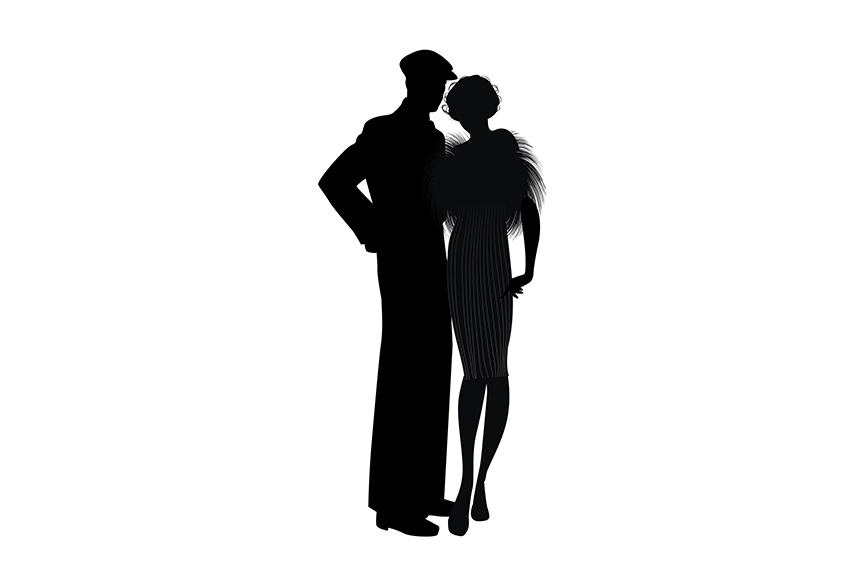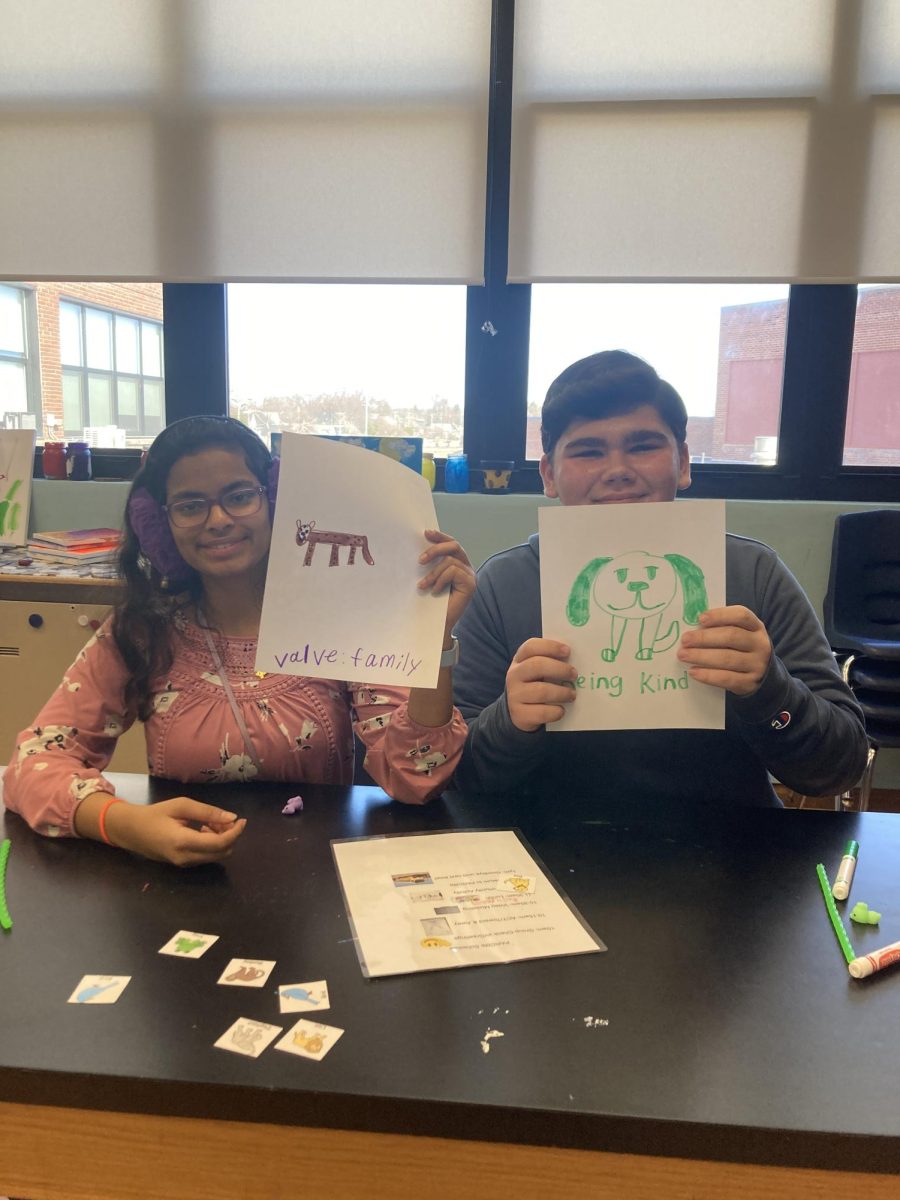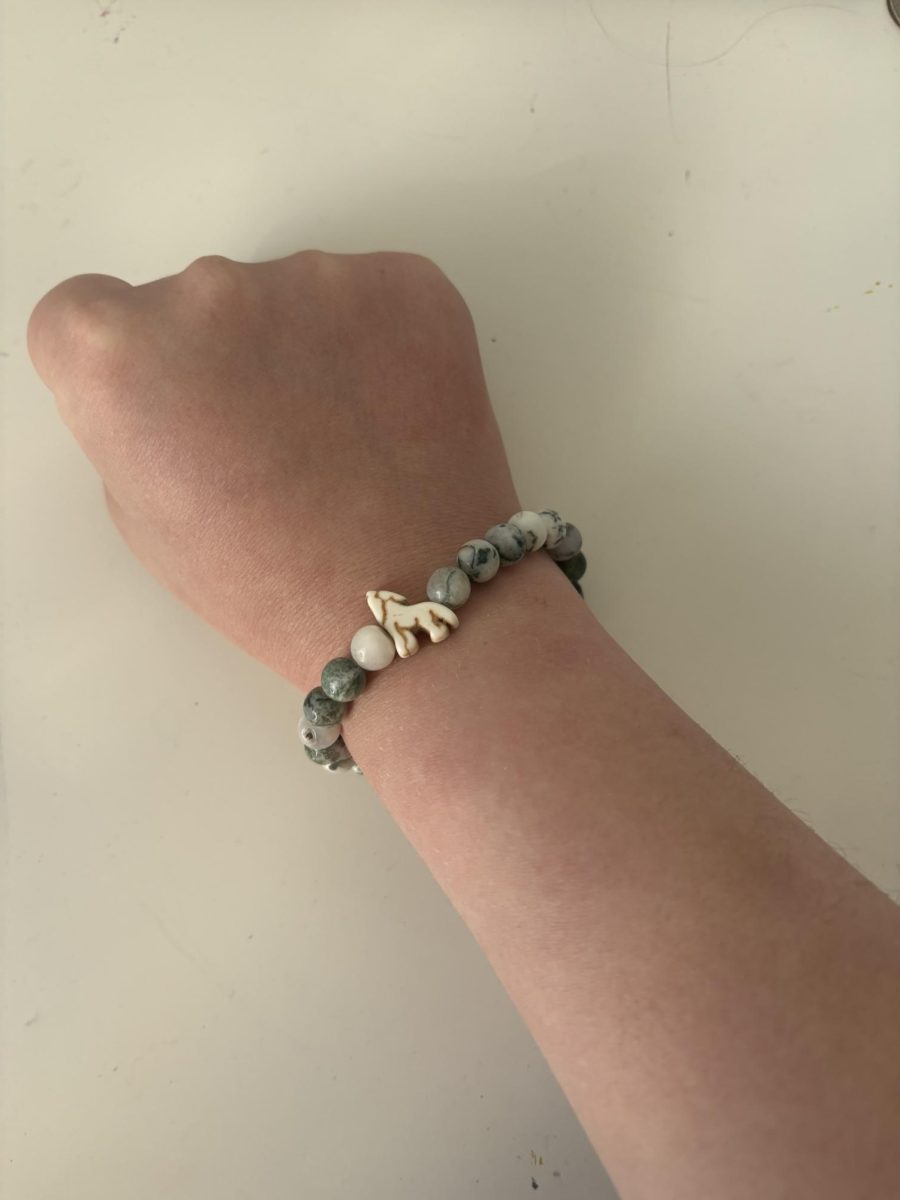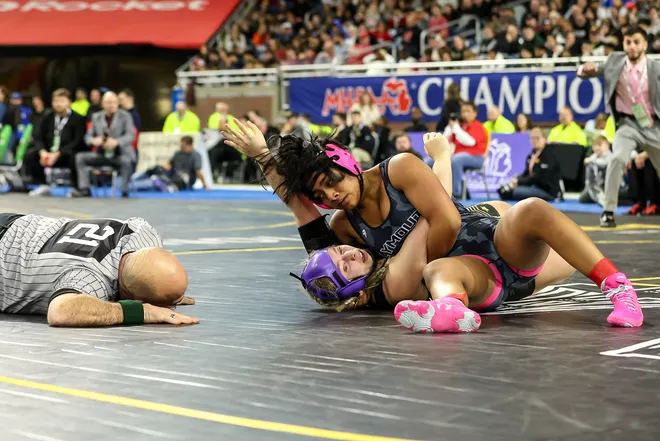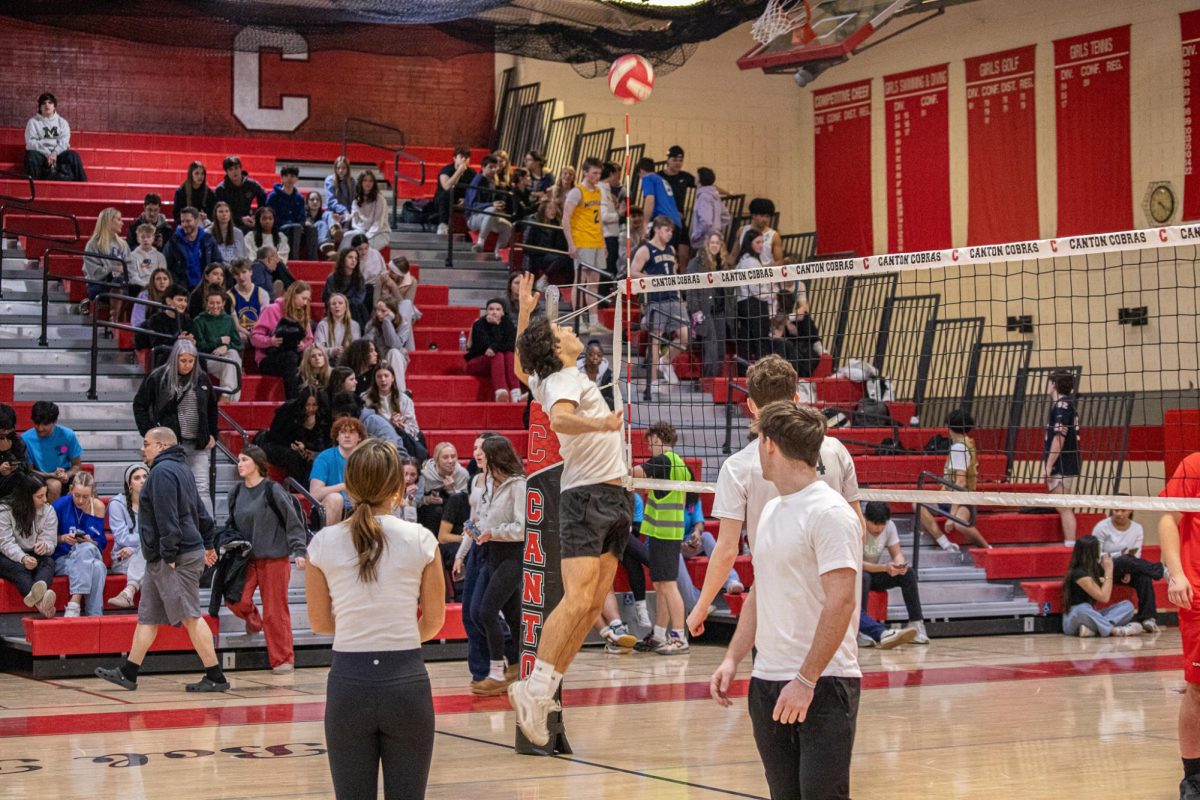Scott Fitzgerald’s novel “The Great Gatsby,” celebrating its 100th year of publication, is said to be one of the most accurate representations of what life was like during the 1920s. This year, P-CEP’s prom theme is “Mr. Gatsby’s Roaring Twenties.” In the novel, Gatsby’s parties showcased the wealth of excesses of the 1920s and were a focal point of the novel.
While today prom is considered a formal event and formal attire of that era, resembling modern formal dresses —tuxes or nice suits for men and full-length ball gowns for women—because of the behavior of Gatsby’s guests, the Gatsby parties should not be interpreted as formal affairs, but instead lavish events celebrating life.
America’s economy surged during the Great War (1914-18) due to exports to Europe, and the boom continued afterwards as the United States had the strongest economy in the world at the time. As a result, many Americans enjoyed a greater standard of living. allowing them to spend more money on clothes and making tailoring more accessible.
Thanks to this accessible tailoring, men’s suits evolved from the large, shapeless, boxy styles popular before 1900, and the long, three-piece, three-button suits of the 1910s, into the more fitted, two-piece, modern suits resembling what people wear today.
Now, men’s fashion is relatively unimportant, because in black tie attire, men look indistinguishable; what really stands out in fashion is women’s fashion.
In the 1920s, there was a very popular look for women, the flapper. The flapper look was a revelation for women, after decades of hiding beneath fabric, women of the time raised their hemlines to just below the knee, showing off their shins.
Through the voice of narrator Nick Carraway, F. Scott Fitzgerald in “The Great Gatsby,” writes about seeing Jordan Baker for the first time, describing her silhouette. “She was a slender, small-breasted girl, with an erect carriage, which she accentuated by throwing her body backward at the shoulders like a young cadet.”
This focus on a leaner figure and less traditionally feminine lines was a key element of the flapper style. While this might sound as important as a factory worker of the time, this was one of the first steps to the boundless amount of self-expression available today
The other staple of the flapper look was the hairstyle. The bob was the only haircut for a stylish woman that consisted of a blunt, often chin-length or slightly shorter haircut, featuring a sleek, sometimes waved or curled style, frequently parted in the middle or side, a departure from the previously long and elaborate hairstyles worn in the late Victorian era.
Not only did the dresses get shorter, but if a fashionable lady of the day wanted to accessorize with a hat, then she would be wearing a smaller, tighter cloche hat that accompanied short bobbed hair compared to the wide-brimmed hat worn high on the head to accommodate upswept long hair and adorned with bird feathers and artificial flowers of the decades before.
While the dress of P-CEP’s prom participants may not dress on theme with what guests would wear to Gatsby’s parties, the theme will be materialized by the decorations put on by the Class of 2025 Student Council. According to an email sent out by Plymouth counselor and Class of 2025 Student Council co-advisor Derek Hoffman, “We went above and beyond with the decorations. It is going to look AMAZING!”
Prom will be held at the Suburban Collection Showplace in Novi on Thursday, May 29, 2025, and the event is sold out.


